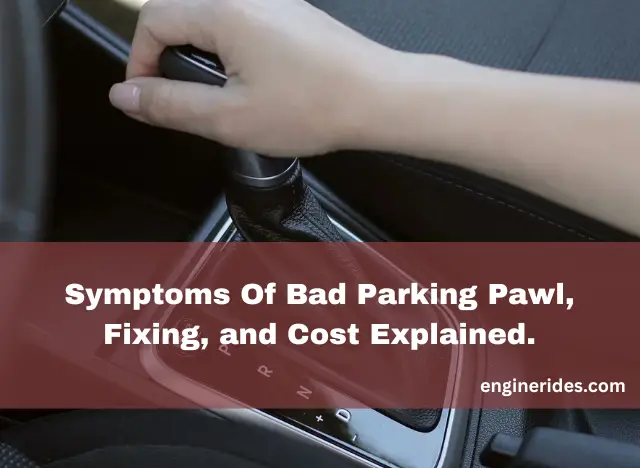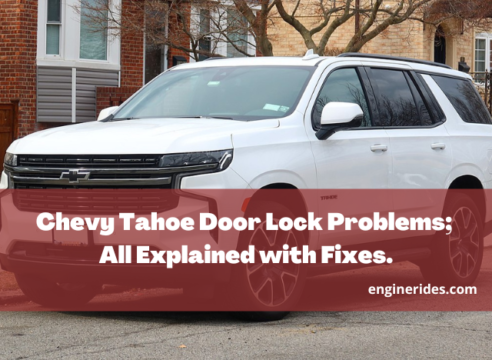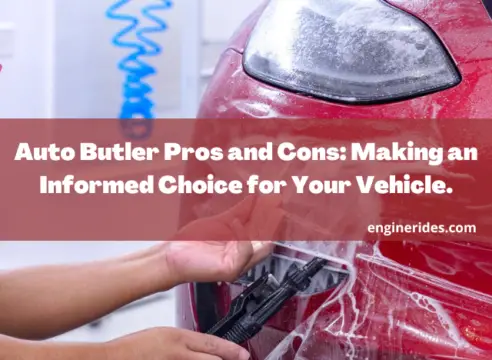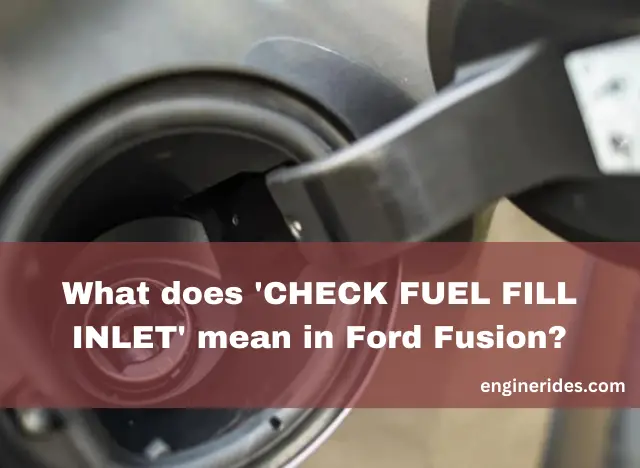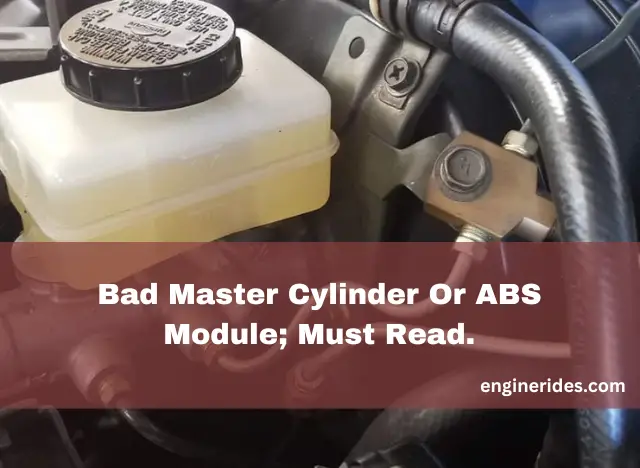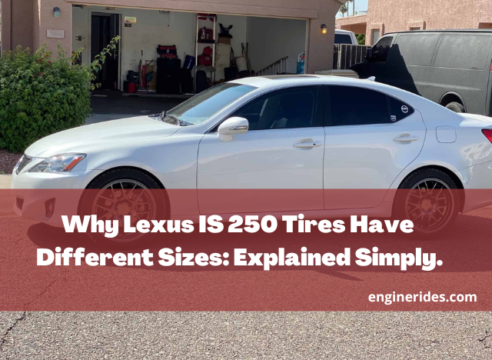Symptoms Of Bad Parking Pawl, Fixing, and Cost Explained
Is your car rolling when it should be parked? You might be dealing with a faulty parking pawl. In this guide, we’ll explore the symptoms of a bad parking pawl, how to fix it, and what costs you can expect. Stay tuned to ensure your vehicle stays securely parked and safe on the road.
Table of Contents
What is the function of the park pawl?
The park pawl, sometimes referred to as a parking pawl, is a mechanical part of a car’s automated transmission system. Its main purpose is to keep the car from moving when it is parked and the transmission is in the “Park” (P) position.
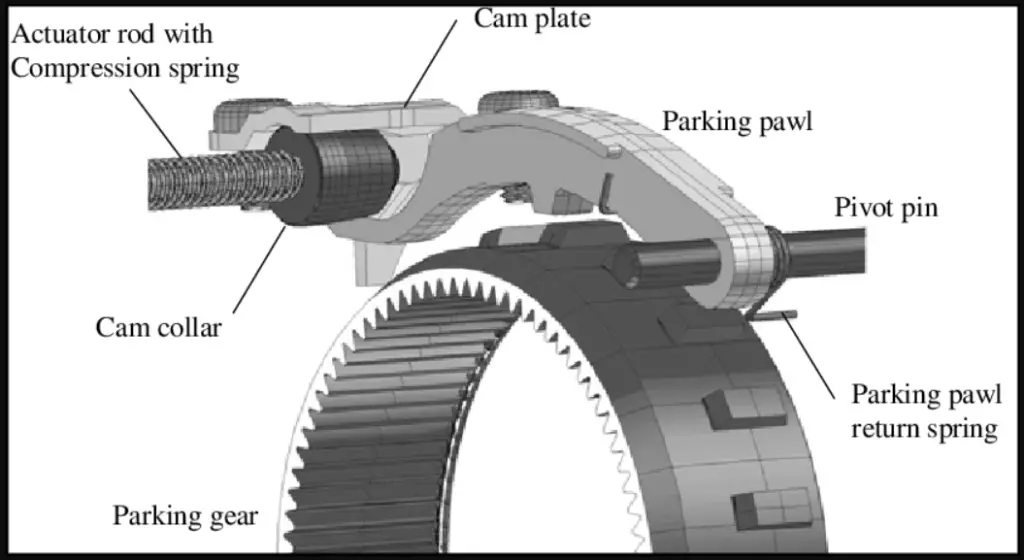
When the transmission is moved into the Park position, a little metal pin or lever known as the park pawl engages a toothed gear attached to the output shaft of the transmission. By locking the output shaft of the transmission in place, this keeps the car from rolling forward or backward.
Even with the engine running, the vehicle cannot move when the park pawl is engaged because it effectively immobilizes the transmission.
It’s important for drivers to engage the park pawl fully when parking on inclines or declines to prevent unintended vehicle movement.
Where is the parking pawl located?
The parking pawl is located within the automatic transmission housing of a vehicle. It is typically situated near the output shaft and engages with teeth on a gear connected to the transmission’s output shaft. This engagement locks the transmission output shaft in place when the vehicle is parked in the “Park” position.
How strong are parking pawls?
Parking pawls made to withstand the weight of the car on declines and inclines, as well as other forces experienced in typical parking situations. They aren’t made to withstand strong forces, though, like those that come from trying to move the car when the transmission is in the park position.
Parking pawl strength varies among manufacturers based on design and material selection. To ensure strength and durability, parking pawls are typically made of hardened steel or other similar durable materials.
Even though parking pawls are strong, they can be harmed by using too much force—for example, trying to move the car while the transmission is in Park or parking it on a very steep incline without applying the parking brake.
Smart Brake System Malfunction Mazda CX-5/CX-9; Causes And Fixing Explained
ENGINERIDES.COM
What causes parking pawl to fail?
As parking pawls are not very strong and can break somewhat easily, some possible reasons can help them to fail. So let’s see what those common causes are,
- Excessive Force
If you try to move the car when the transmission is in the park position, the parking pawl may become overly stressed and break. This is frequently the result of drivers trying to force the car to move while holding on to the parking brake.
- Parking on Inclines
If you park on a steep incline without applying the parking brake, the parking pawl may be subject to an increased load. This may cause the pawl and associated parts to wear out and become damaged over time.
- Mechanical Wear
Parking pawls are subject to wear and tear over time, just like any other mechanical component. This is particularly true if they are not lubricated or maintained regularly. The pawl’s constant engagement and disengagement during parking may be a factor in wear.
- Manufacturing Defects
Rarely, flaws in the materials or manufacturing processes can cause parking pawls to fail. This can involve problems with the pawl’s strength or hardness as well as associated transmission component issues.
- Inadequate Adjustment
Failure may also result from incorrect parking pawl mechanism adjustment. The pawl may not successfully stop the car from moving when parked if it is not engaged or correctly positioned in relation to the transmission gear teeth.
So what you need to notice here is you cannot protect your parking pawl from falling completely, and its failure is not an issue that only you’re facing.
What does a bad parking pawl sound like?
A malfunctioning or defective parking pawl can cause a number of apparent symptoms, such as strange noises. Typical noises that indicate a malfunctioning parking pawl include:
1. Grinding or Clicking Sounds
A worn-out or damaged parking pawl can make clicking or grinding sounds when you try to move the car while it’s in park or shift the transmission into park.
These sounds may be an indication that the pawl is worn and not securing the car firmly, or it may be a sign that it is not engaging with the teeth of the transmission gear correctly.
2. Clunking Sound
If the vehicle makes a clunking sound when braking or putting it in park, there may be a problem with the parking pawl. This noise may be produced by the pawl not engaging smoothly or by too much play in the transmission parts.
3. Rattling Noise
When a parking pawl is loose or damaged, it might occasionally cause a rattling noise, especially when the car is moving. This can happen if the transmission linkage has other problems or if the pawl is not properly positioned.

How do you know if you broke your parking pawl/ symptoms of bad parking pawl?
Important Signs of a Damaged or Defective Parking Pawl
1. Vehicle Movement in Park
When your car moves after you’ve put it in “Park,” it’s a dead giveaway that your parking brake isn’t working properly. You should see more than just a small roll.
2. Unusual Grinding or Clicking Noises
There could be unusual grinding or clicking sounds coming from the transmission region when you enter the “Park” position. These sounds could indicate problems with the pawl’s engagement mechanism.
3. Difficulty Shifting Out of Park
It may be difficult to smoothly move the gear out of the “Park” position if the pawl is jammed or partially engaged.
Why Are My Brake Lights Not Working But My Tail Lights Are? Must Read
ENGINERIDES.COM
4. Transmission Warning Light Illumination
In the event that there is a parking pawl issue, certain cars may display transmission warning lights on the dashboard.
Other Potential (But Less Evident) Signs
1. Parking on Inclines – A little worn pawl might hold your car on flat ground, but it might not hold on an incline, which could indicate pawl wear or damage.
2. Harsh car Movemens – Even if the pawl is still able to hold the car in place, damage to it may result in jerky or harsh movements when shifting into and out of “Park.”
What is the parking pawl replacement/repair cost, and how long does it take?
The price to replace a parking pawl varies greatly depending on the brand and model of the car; it usually ranges from $500 to over $1000. The main expense component, labor, frequently entails removing the transmission entirely or in part in order to have access to the pawl.
The pawl itself is not too expensive, but labor expenses can go up because of the vehicle’s complexity and possible transmission damage. For an accurate estimate, it’s best to get quotes from reliable mechanics who will take into account the complexity of the car, the amount of labor involved, and any further transmission problems.

